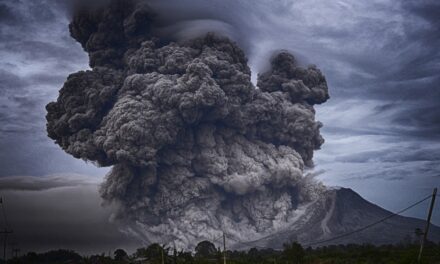The Essence of Survival Prioritization
In the realm of survival, understanding and adhering to the priorities of survival is not just crucial; it’s a matter of life and death. This comprehensive guide aims to delve into the core principles that govern survival in challenging and unpredictable situations. Whether facing a natural disaster, lost in the wilderness, or encountering any unforeseen emergency, knowing what to prioritize can significantly increase your chances of survival.
Survival is more than a set of skills; it’s a mindset that revolves around critical thinking, adaptability, and resource management. The priorities of survival provide a structured approach to dealing with crises, helping individuals make informed decisions under stress. These priorities are often presented in a hierarchical order, ensuring that the most critical needs are addressed first to maximize the likelihood of a positive outcome.
In this article, we will explore each of these survival priorities in detail. From the immediate need to address physical threats to longer-term considerations like food and communication, understanding these priorities helps to create a roadmap for survival in various scenarios. This guide is designed to be informative and engaging, resonating with everyone from seasoned adventurers to everyday individuals seeking to be better prepared.
Join us as we navigate the intricacies of survival priorities, integrating expert insights and research to provide a comprehensive understanding of what it takes to survive against the odds. By the end of this guide, you’ll be equipped with the knowledge to assess, plan, and act effectively in any survival situation.
Detailed Exploration of Survival Priorities
Immediate Threats: Addressing Urgent Dangers
The first priority in any survival situation is to address immediate threats to life. This could include:
- Physical Safety: Ensuring you are safe from environmental hazards, dangerous wildlife, or any immediate physical threats is paramount. This might involve finding shelter, moving to higher ground in a flood, or applying basic first aid to injuries.
- Environmental Protection: Depending on the climate and environment, protection from elements like extreme cold, heat, or rain is critical. This involves finding or creating shelter to regulate body temperature and prevent exposure.
Securing Water and Food
Once immediate threats are mitigated, the focus shifts to water and food:
- Water: Finding a reliable source of water is next. Human beings can only survive a few days without water, making it a crucial resource. Techniques for finding, purifying, and conserving water are essential skills.
- Food: While humans can survive longer without food than water, securing a sustainable food source is still a priority for long-term survival. This includes knowledge about safe foraging, hunting, or fishing, as well as rationing existing food supplies.
Long-Term Survival: Sustenance and Rescue
In extended survival situations, priorities expand to include:
- Health and Hygiene: Maintaining good health and hygiene is essential for preventing illness. This includes managing waste, understanding basic hygiene practices, and addressing any medical needs with available resources.
- Communication and Rescue: Developing strategies for signaling or communicating with potential rescuers becomes crucial. This can involve creating visible signals, using a radio or other communication devices if available, or finding high ground to signal for help.
- Mental Resilience: Maintaining a positive mental attitude and the will to survive are crucial for long-term survival. This includes managing stress, staying motivated, and keeping morale high.
In the next section, we’ll summarize the key takeaways and provide final thoughts on effectively managing survival priorities in various scenarios.
Navigating the Priorities of Survival
Recapping the Essentials of Survival Prioritization
Our journey through the priorities of survival has revealed a structured approach to managing crisis situations effectively. To summarize the key points:
- Immediate Threats: The first and foremost priority is addressing any immediate dangers to life and safety, including environmental hazards and injuries.
- Water and Food: Securing a reliable water source is the next critical step, followed by finding sustainable food sources, both vital for long-term survival.
- Shelter and Environment: Adequate shelter is essential for protection against environmental factors and maintaining body temperature.
- Health and Hygiene: Maintaining good health and hygiene practices is crucial to prevent illness and stay fit for survival challenges.
- Communication for Rescue: Establishing communication methods for rescue is vital, especially in prolonged survival situations.
- Mental Resilience: Keeping a positive mental attitude and a strong will to survive are essential throughout the survival process.
Implementing Survival Priorities in Practice
Understanding survival priorities is one thing; implementing them effectively is another. Here are some practical tips:
- Regular Training: Regular practice and training in survival skills ensure you are well-prepared to handle emergencies.
- Preparedness: Always have a basic survival kit ready, and tailor it to the specific environment you might encounter.
- Stay Informed: Keep updated on the latest survival techniques, gear, and environmental conditions of your area.
- Mental Preparedness: Develop mental toughness through challenging outdoor activities, meditation, and stress management techniques.
In conclusion, understanding and effectively managing the priorities of survival can significantly increase your chances of successfully navigating through emergencies and crises. Whether you are an outdoor enthusiast, a survival expert, or just someone looking to be more prepared, these survival priorities provide a crucial framework for ensuring safety and resilience in the face of adversity.








